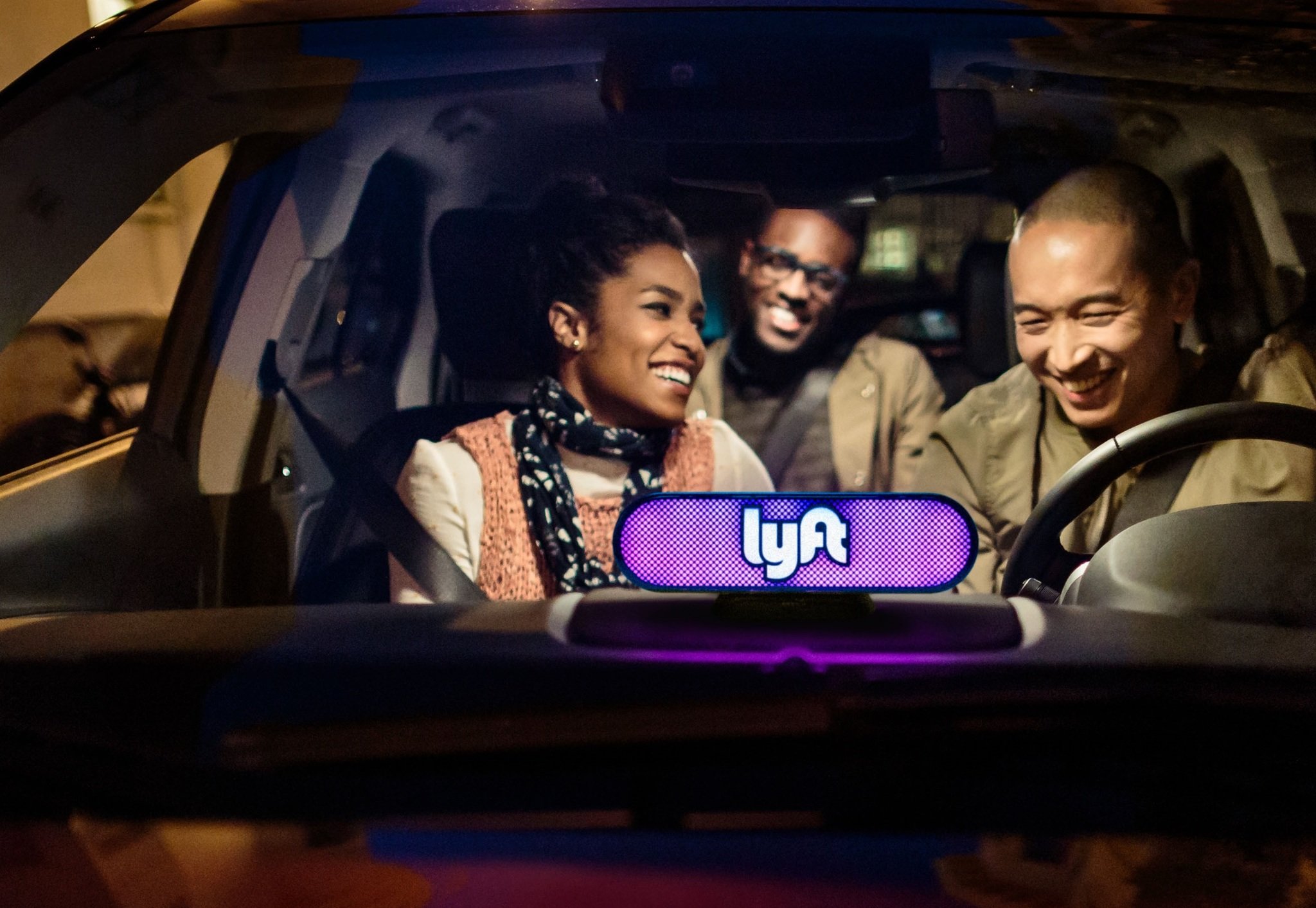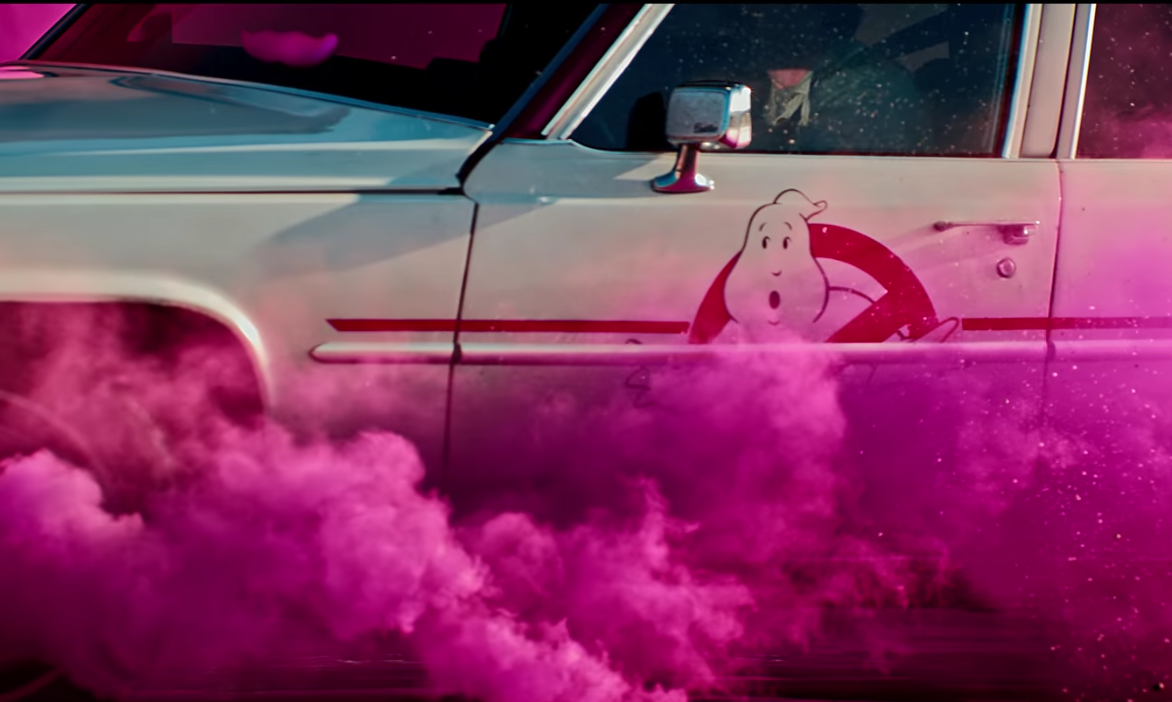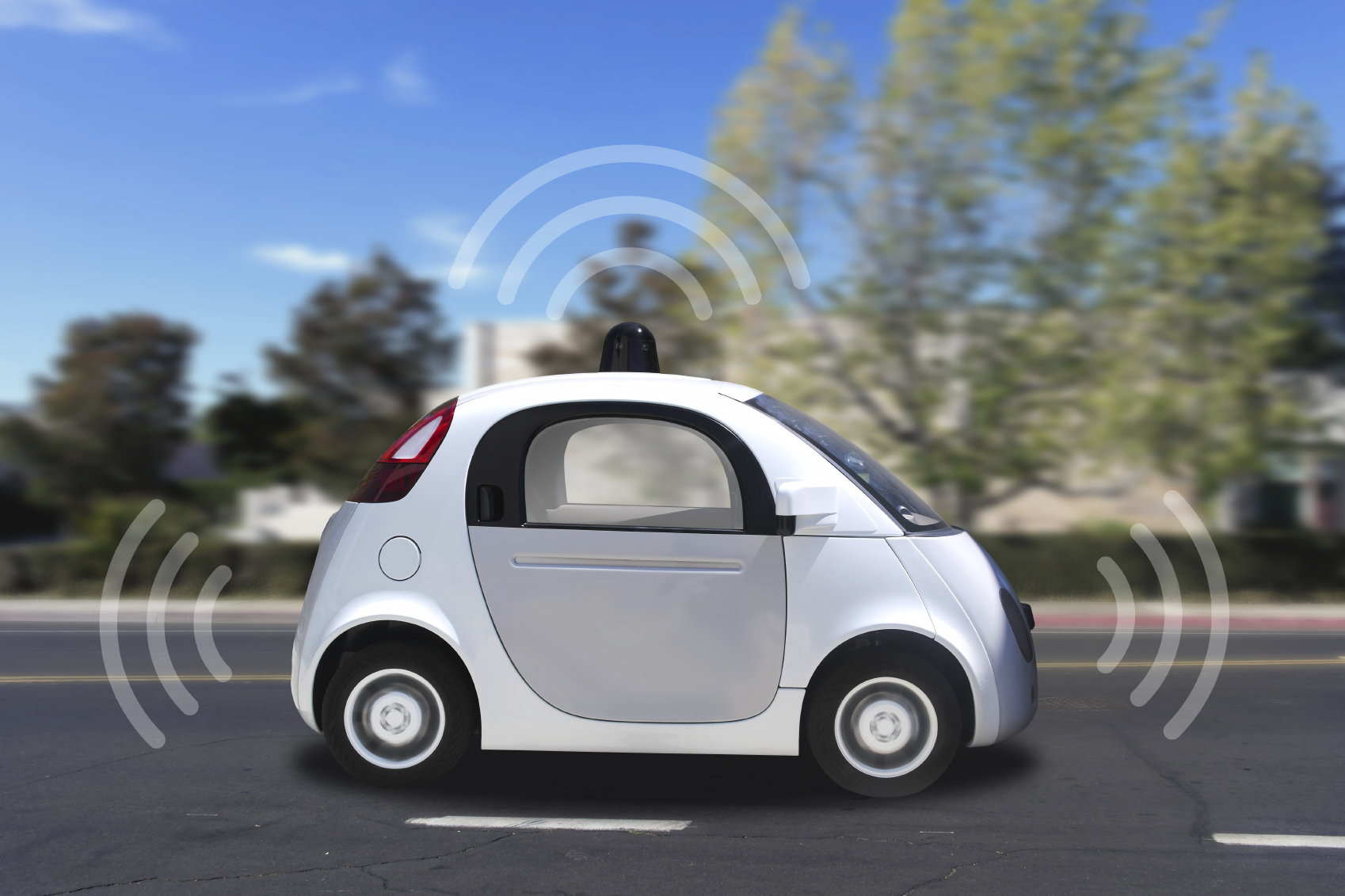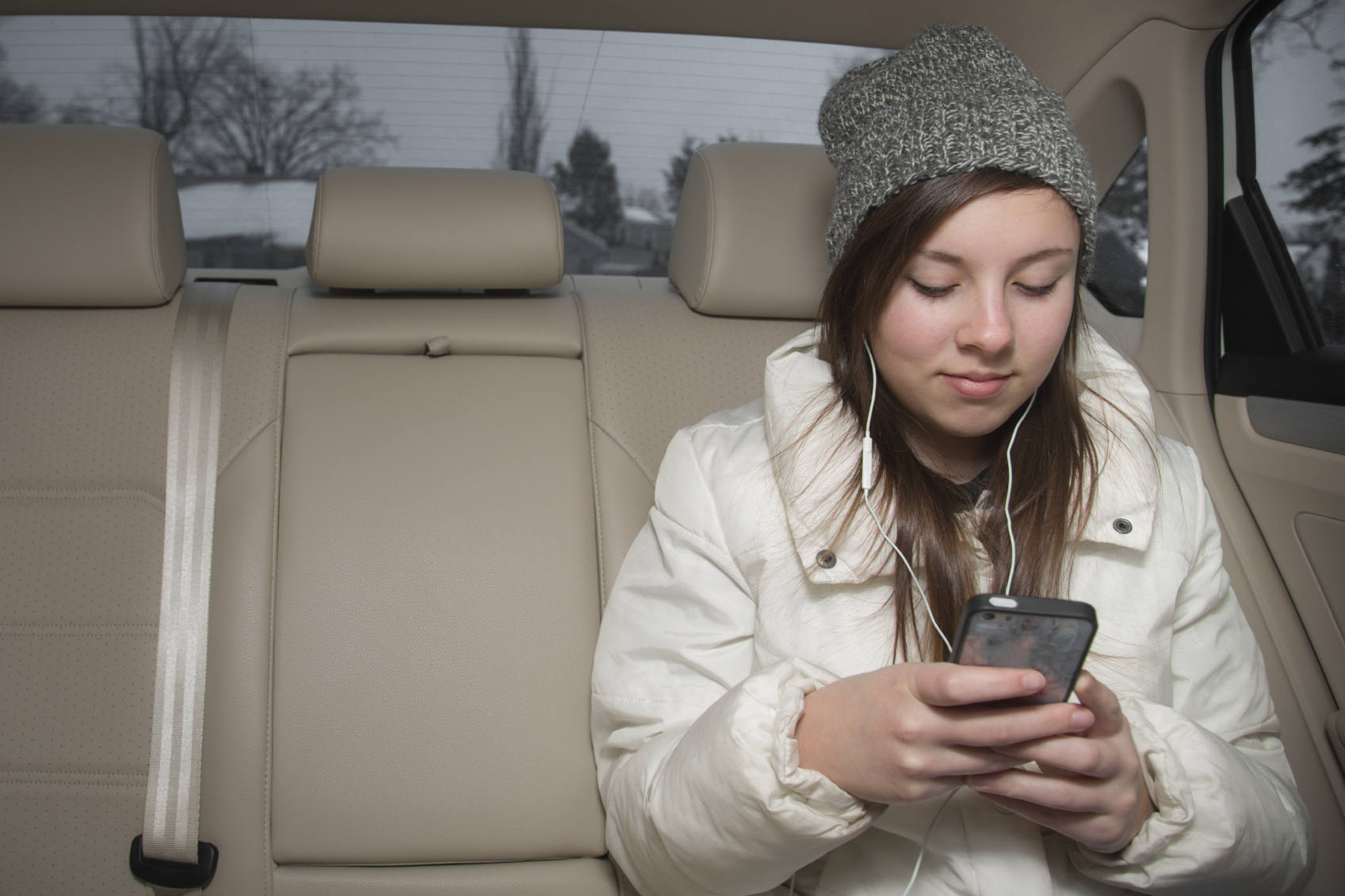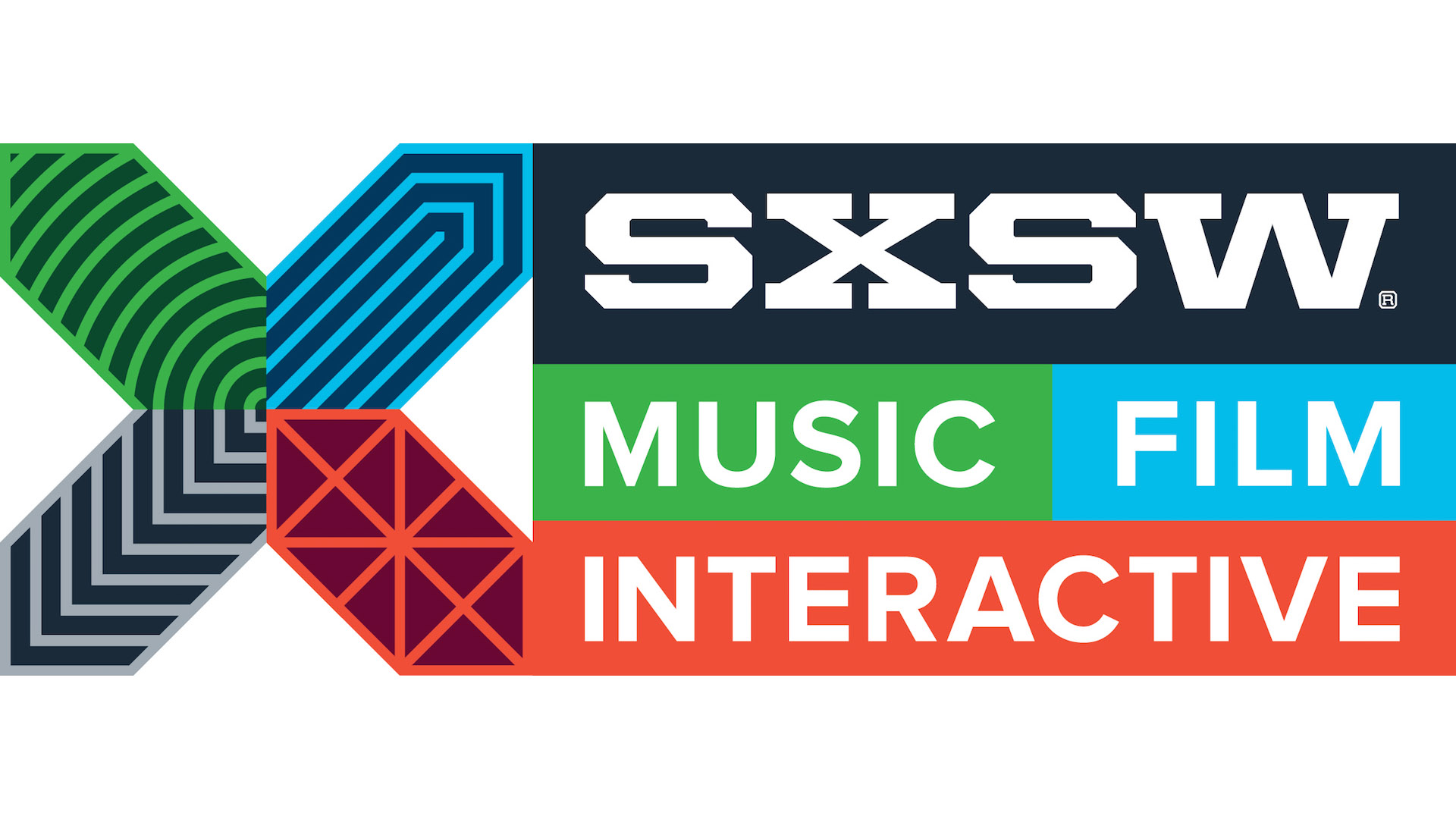What Happened
Lyft has launched a dispatch developer program to let brands and businesses integrate its ride-hailing service into their own services. By providing a white-labelled ride-hailing service, Lyft allows service brands to provide their customers with rides operated and controlled by brands themselves independent of Lyft. According to Lyft, this program aims to provide brands with greater flexibility by offering “the ability to request on-demand and scheduled rides without the need for a smartphone or Lyft account.” One Call Care Management and Logisticare, two businesses specializing in health care transportation, is already using this dispatch program to help patients get around.
What Brands Need To Do
Developers have long had the option to integrate Lyft’s service into third-party apps, but this new program will give them control over the supply side of the ride-hailing service and own the entire experience from billing to notifications, thus controlling the whole customer experience instead of relying on Lyft or other third-party ride-hailing services. Brands can use this to drive traffic to their local stores or events, but the bigger opportunity lies the possibility of integrating this on-demand service into connected devices to bring seamless, automated ride-hailing into new areas.
For example, a hotel brand can use this to set up a system where rides are automatically requested when the guests lock the door of their room. As more and more devices comes online, brands need to figure out how to leverage programs like this Lyft one to provide an optimized customer experience.
Source: VentureBeat
